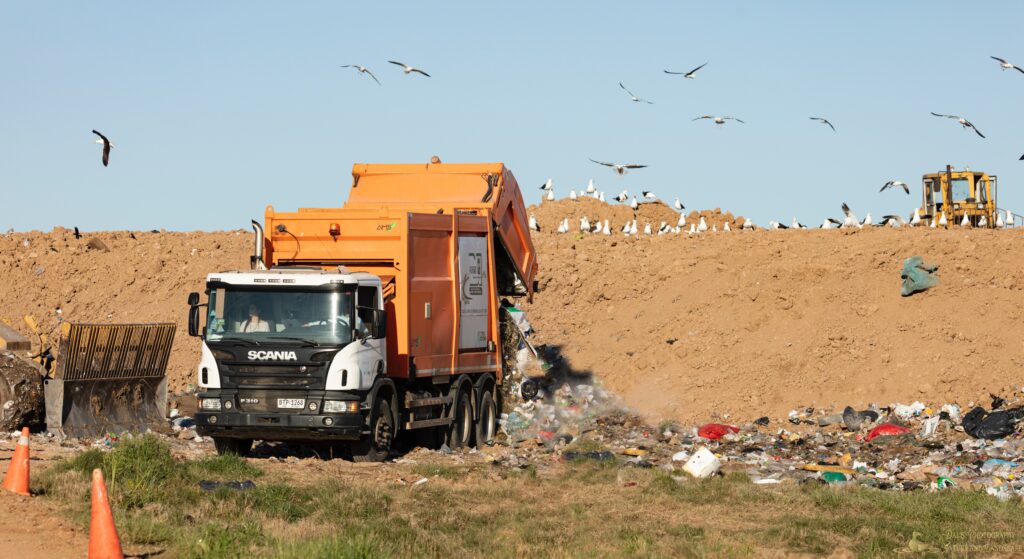Skip loaders: trucks that are used to transport skips and containers, are most often filled with waste materials from building sites and home clear-outs. Skip loaders can pose serious risks to the operators, bystanders, and the environment if they are not used safely and correctly. Therefore, it is important to follow the safety measures and regulations that apply to skip loader operation in the UK.
One of the main sources of guidance for skip loader safety in the UK is the Health and Safety Executive (HSE), which is the national regulator for workplace health and safety. The HSE has published a pocket card titled “Safe use of skip loaders: Advice for workers”, which lists the dangers involved in skip loader work and provides a checklist of some important actions workers can take to protect themselves and others. The pocket card also reminds workers of their legal obligations under the Reporting of Injuries, Diseases, and Dangerous Occurrences Regulations 1995 (RIDDOR), which require reporting incidents involving skip loaders.

Some of the key safety measures and regulations for skip loader operation are:
– Checking the vehicle and its associated equipment before use, such as brakes, tyres, steering, lights, mirrors, lifting equipment, wheel chocks, etc.
– Parking on level, solid, and even ground, applying the handbrake, and using chocks on sloping ground. Flat plates should be fitted to stabilisers if the skip loader does not have all-wheel braking.
– Minimising the number of reversing manoeuvres and the distance of each. Using vision-assistive tools such as reversing cameras, mirrors, and proximity alarms. If signallers (banksmen) are guiding the movement of the skip loader, ensuring they understand the visual commands.
– Exiting the cab safely, avoiding jumping or falling.
– Wearing appropriate safety gear, such as boots, high-visibility clothing, gloves, hard hats, safety glasses, etc.
– Being aware of the hazards on the receiving site, such as low overhead electricity cables, obstructions, pedestrians, etc. Following the site rules and using a defined route into and through the site.
– Loading and unloading skips safely, ensuring they are not overloaded or unevenly loaded. Securing skips with chains or ropes. Avoiding lifting skips over people or vehicles. Keeping clear of skips when they are being lifted or lowered.
In addition to these general safety measures and regulations, there may be specific requirements for different types of skips and containers, such as hazardous waste skips, roll-on roll-off containers, enclosed skips, etc. These may have different loading capacities, dimensions, markings, labels, etc. that need to be followed.
Furthermore, there may be new or upcoming laws and regulations that affect skip loader operation in the UK. For example, in 2020, the UK government introduced a new law that bans certain single-use plastics, which may affect the waste management industry and the types of skips and containers that can be used. Therefore, it is important to keep up to date with the latest developments and changes in the legislation and guidance for skip loader safety.
By following these safety measures and regulations for skip loader operation in the UK, skip loader operators can reduce the risks of accidents, injuries, damages, fines, or prosecutions. They can also improve their efficiency, productivity, and reputation in the waste management industry.

